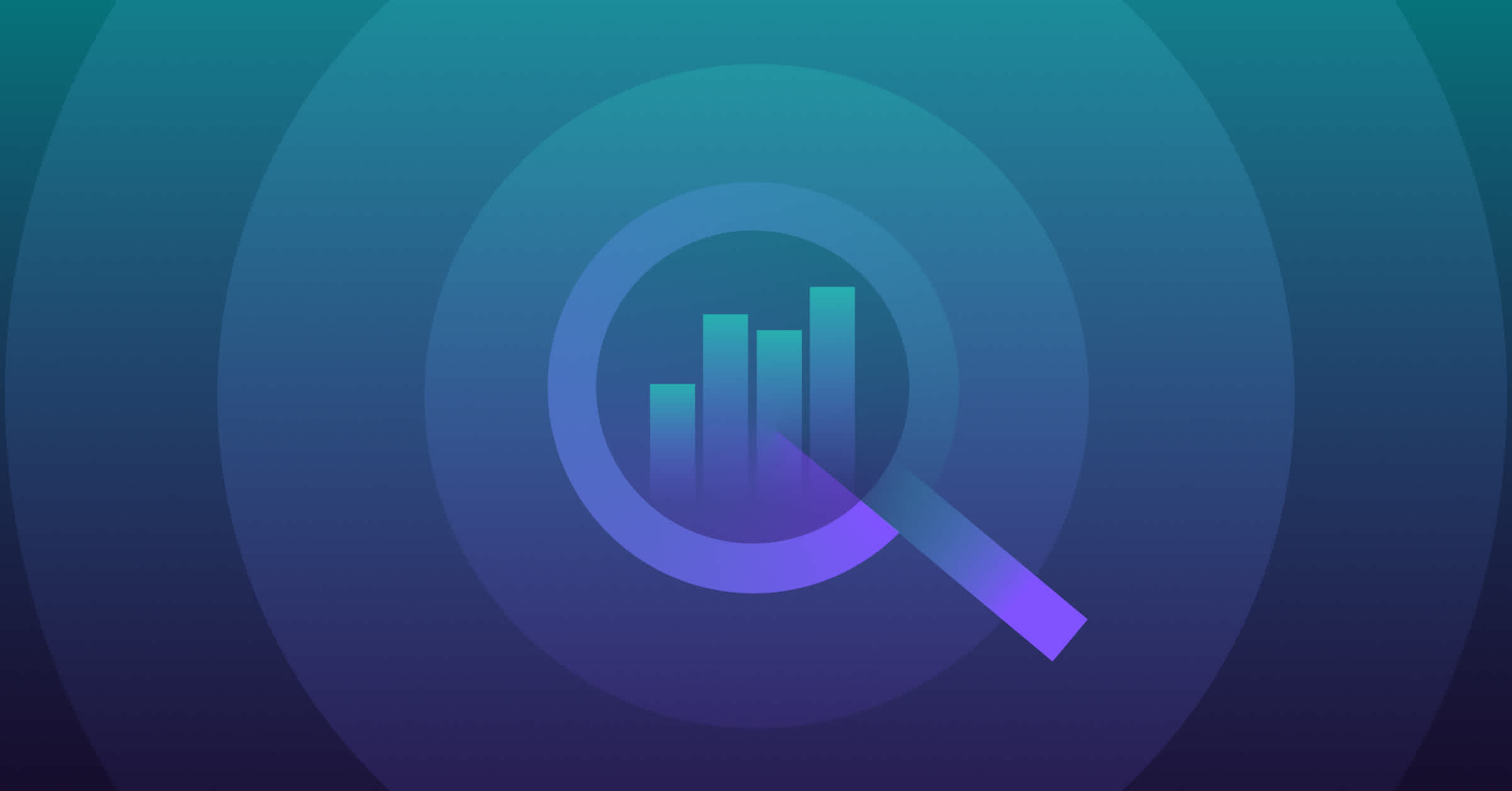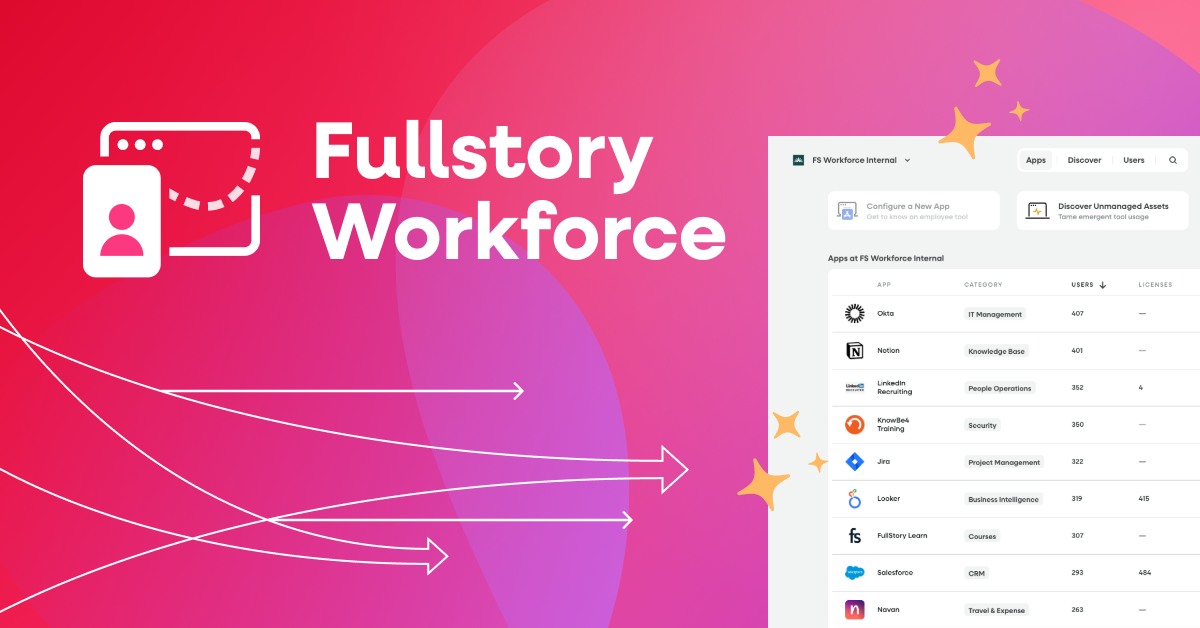Nearly all SaaS products are in a state of constant change as they continuously move through updates, experiments, and improvements.
Take Facebook, for example, which originated in 2004 simply as a way for Harvard students to connect with one another online. By 2012, Facebook had reached 1 billion members worldwide and acquired Instagram. In 2014 Facebook launched Business Manager, and today seven million companies advertise on the platform. Two years later, Facebook Marketplace was introduced, expanding the company’s footprint even further.
And those are just some of Facebook’s major milestones. The point is that, when it comes to websites, softwares, and technologies, evolution happens quickly.
And as softwares evolve rapidly, analytics solutions that can adapt to their ever-evolving nuances are needed. Amid all of this change, two major types of analytics have emerged: product analytics and digital experience intelligence (DXI).
This leads many product leaders to ask: Do I need product analytics or digital experience intelligence? Do I need both?
These are important questions, and, perhaps disappointingly, the answer to each of them is: It depends.
Your product, service, mobile app, and website are totally unique, and so are your analytics needs.
Here, we’ll provide a high-level overview of three key differences to be aware of between product analytics and DXI to help guide you in choosing the best solution for your team’s needs.
If you want to dive right into the deep end, download the Product Analytics vs. Digital Experience Intelligence Comparison Guide for a comprehensive view of these two solution categories.
What are product analytics and digital experience intelligence?
Product analytics platforms are used to answer questions about how users behave in digital products by measuring user behavior and creating digestible visualizations of those measurements. Clicks, page views, and interactions are user behavior metrics typically seen in product analytics. With this data, product teams can learn about user engagement rates, test hypotheses, and understand adoption and retention.
Digital experience intelligence analyses go further by pairing quantitative data with replays of actual user sessions—allowing product teams to see, understand, and empathize with a user’s digital experience. DXI enables teams to discover where users get frustrated, which issues should be prioritized based on revenue impact, and why there might be dips or peaks in KPIs.
Now that we have a baseline of what these two types of solutions are designed to do for product teams, let’s look more closely at what differentiates them from one another.
3 important differences between product analytics and DXI
Difference #1: How data is captured
Typically, product analytics platforms rely on instrumentation for capturing data, meaning that they only track the actions and elements that you specifically tell them to monitor. The downside of this is that you don’t know what you don’t know—so it can be difficult to find trends or anomalies in your data that you weren’t expecting. Plus, manual instrumentation can be very time-consuming.
On the other hand, the instrumentation approach is conservative in the amount of information collected, so you’re far less likely to capture data that you didn’t intend to—potentially causing huge data privacy headaches for your organization.
With digital experience intelligence, all user interaction data is captured and indexed instrumentation-free, so you’ll never have to tell the platform what it is you want to monitor. All the data is there at your fingertips from installation. What’s more, industry-leading DXI platforms like Fullstory are private by default, and won’t collect any data unless you explicitly tell it to.
Difference #2: Powered workflows
Simply put, digital experience intelligence enables teams to move through several data-driven, in-platform workflows—in other words, a sequence of tasks that process a set of data—that most product analytics tools simply don’t.
Examples of revenue-impacting workflows powered by DXI include:
Understand and visualize user behavior (and actually see it through session replay)
Measure funnels and conversion rates, and find out why dropoffs occur
Replicate bugs and add context to support tickets with qualitative data
Deeply understand adoption and retention of certain features
While some product analytics tools provide some of these capabilities here and there, each of these is a staple of Fullstory’s digital experience intelligence solution. Additionally, product analytics tools often require an integration with another provider in order to see which bugs correlate with revenue opportunities, while DXI provides these insights on its own.
Difference #3: Features offered
Because product analytics and digital experience intelligence are each designed with different purposes, the comparison of features is quite the mixed bag.
Dashboards are essentially the only feature that product analytics and DXI platforms have in common, since both types of solutions are designed to help teams monitor product metrics and KPIs.
While some product analytics tools offer features like polls and surveys, user feedback forums, in-app pop-ups, and A/B testing, digital experience intelligence needs to integrate with another tool to provide these features—which is made easy by a whole library of best-in-class partner integrations available via API.
On the other hand, DXI offers session replay, page speed metrics, frustration heuristics (like Rage Clicks), console logging, and developer tools, product analytics solutions need an additional integration to bring these features to life.
So, the question remains: Do you need product analytics or digital experience intelligence, or both? While the answer still depends on your product team’s specific needs, hopefully you have a better idea of what each solution allows you to see and do.
For a closer look at which type of analytics will best suit your organization, download our Product Analytics vs. Digital Experience Intelligence Comparison Guide.
Want to see Fullstory in person? Request your demo here.



